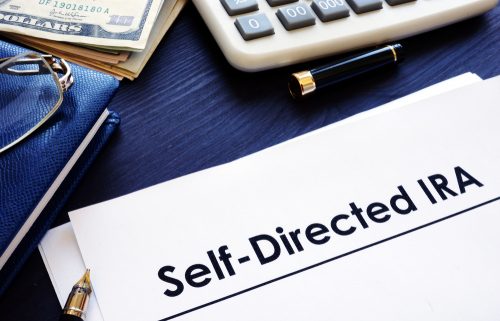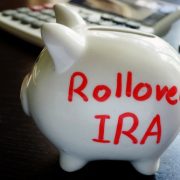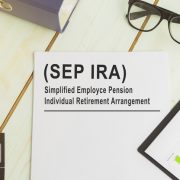How to Use a Self-Directed IRA
A concept like a Self-Directed IRA can sound like a complicated bit of financial maneuvering. But as you’ll find out, learning how to use a Self-Directed IRA doesn’t have to be that difficult. In fact, once you get used to the idea, you may find it easier to work with an IRA custodian, as they handle the administration on the account. But before you get to that step, it helps to know what you’re looking at. Let’s explain the simplest way to use a Self-Directed IRA, step-by-step.
Learn How to Use a Self-Directed IRA
The first step is understanding the Self-Directed IRA in the first place. An IRA stands for an “individual retirement arrangement,” or a retirement account in which you have tax-protected assets. For example, the original IRA allowed taxpayers to deduct up to $1,500 in contributions per year from their gross income. This money would later be taxable when investors drew from it during retirement, much like ordinary income.
What about that phrase “self-directed”? That’s where some people can get stuck. Fortunately, it’s easier to understand than it seems. Self-direction simply means you’re in charge of the IRA, choosing what you do and don’t put into it in terms of investments. When you Self-direct an IRA, you often work with a Self-Directed IRA administration firm, for example, who serves as the custodian on the account. This custodian’s role is to administer the paperwork on the account, keeping it separate from your personal investments. In other words, you use a custodian to maintain the integrity of your retirement account, which means you get to keep the tax benefits.
One of the key benefits to self-direction is simple: you’ll get to use a wide variety of potential retirement assets in the account, such as real estate, precious metals, or even cryptocurrencies, if you desire. This comes with all sorts of advantages, from potentially creating astounding returns within the account to giving you more opportunities to diversify your portfolio.
How a Self-Directed IRA Works
Once you select the type of account you want to use—such as a Self-Directed Roth IRA, or a Self-Directed Traditional IRA—you then set it up with your Self-Directed IRA administration firm and fund it. Now it’s time to choose which investments you want to hold. For example, if you want to invest in real estate, you can fill out a buy order for your Self-Directed IRA administration firm, which then carries out the transaction on behalf of the IRA. This separates your retirement assets from the rest of your assets, securing the tax benefits on the account.
It’s really up to you to choose how you invest the money within a Self-Directed IRA. An IRA administration firm isn’t here to be a financial advisor. Instead, it will administer the account, carrying out the transactions you want to see executed. You’re then free to choose from a wide variety of potential retirement assets, using your own experience and preferences to determine the shape of your overall retirement portfolio.
If it sounds complicated, it’s not. It just requires understanding the role of a Self-Directed IRA custodian. Once you understand that, you’ll see that an IRA is really a high-freedom option. You can make the choices for your retirement portfolio. And as long as you stick to the guidelines and regulations of retirement investing, the options can feel near limitless.
Interested in learning more about Self-Directed IRAs? Contact American IRA, LLC at 866-7500-IRA (472) for a free consultation. Download our free guides or visit us online at www.AmericanIRA.com.








